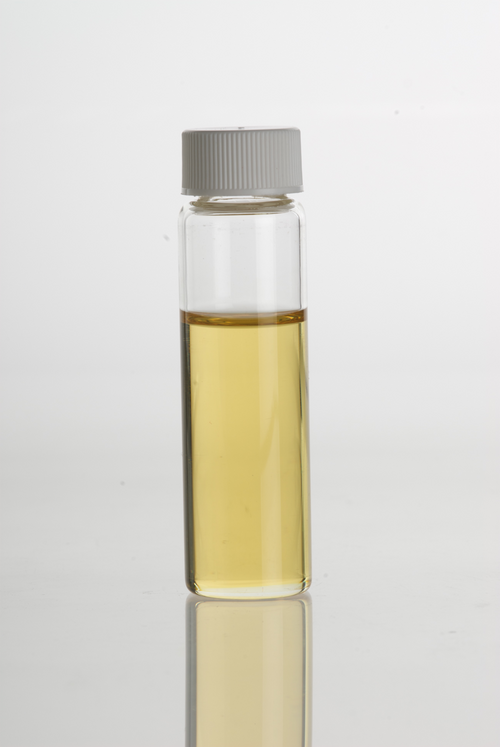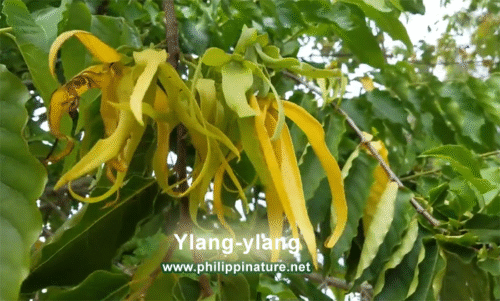Have you ever caught a whiff of a scent so sweet, so exotic, that it made you stop in your tracks? That’s the magic of ylang-ylang, a tropical flower known as much for its heady fragrance as for its therapeutic benefits. Native to Southeast Asia and widely used in aromatherapy, perfumery, and skincare, ylang-ylang is a true botanical gem. Whether you’re a wellness enthusiast or just fragrance-curious, let’s dive into the lush world of this golden blossom.
What is Ylang-Ylang?
Ylang-ylang comes from the Cananga tree, a tropical species native to the Philippines, Indonesia, and parts of Malaysia. Its star-shaped flowers range in color from pale yellow to deep canary and are prized for their intoxicating, floral aroma, a sweet, slightly fruity scent with subtle hints of jasmine and banana.
Fun fact: The name “ylang-ylang” comes from the Tagalog word ilang-ilang, meaning “wilderness,” a nod to the tree’s natural habitat.
Scent Profile: Sensual, Floral, and Timeless
If you’ve ever worn Chanel No. 5, you’ve already met ylang-ylang. It’s a key ingredient in many classic perfumes, often used as a top or middle note to add a warm, romantic depth.
Its scent is:
Rich and floral
Slightly spicy and sweet
Calming, yet mood-enhancing
This balance of soothing and uplifting makes ylang-ylang a go-to oil for both perfumers and aromatherapists alike.

Health & Wellness Benefits
Beyond its enchanting aroma, ylang-ylang offers a host of health perks—especially in its essential oil form:
🌿 Stress Relief & Anxiety Reduction
Ylang-ylang oil is often used in aromatherapy to ease tension and reduce stress. A few drops in a diffuser can help calm nerves and promote emotional balance.
💤 Better Sleep
Its sedative properties make it a lovely addition to bedtime routines. Try blending it with lavender or chamomile to create a dreamy sleep-inducing diffuser mix.
❤️ Aphrodisiac Qualities
Long considered an aphrodisiac in many cultures, ylang-ylang is sometimes sprinkled on the beds of newlyweds in Indonesia. Its sensual scent can help spark intimacy and connection.
💆♀️ Skin & Hair Care
When diluted with a carrier oil, ylang-ylang can be applied to the skin to help regulate oil production and soothe irritation. It’s also used in shampoos and hair masks to promote healthy, shiny locks.
How to Use Ylang-Ylang
Diffuser: Add 3–5 drops to a diffuser for a relaxing home environment.
Massage Oil: Mix with a carrier oil (like jojoba or sweet almond) for a calming massage.
Bath Soak: Add a few drops to warm bathwater for a luxurious soak.
Hair Mask: Combine with coconut oil and apply to hair for an hour before washing.
A Word of Caution
Ylang-ylang is potent, too much can be overwhelming and may cause headaches or nausea in sensitive individuals. Always use it sparingly and dilute properly before applying to the skin. But the best thing to do is consult the professional first.
The Takeaway
Ylang-ylang is more than just a pretty scent, it’s a powerful, versatile plant with a rich history and a bouquet of benefits. Whether you’re adding it to your skincare routine, creating a relaxing evening ritual, or simply enjoying its aroma, this flower invites you to slow down, breathe deep, and enjoy the moment.
References:
https://en.wikipedia.org/wiki/Cananga_odorata

Leave a Reply
You must be logged in to post a comment.